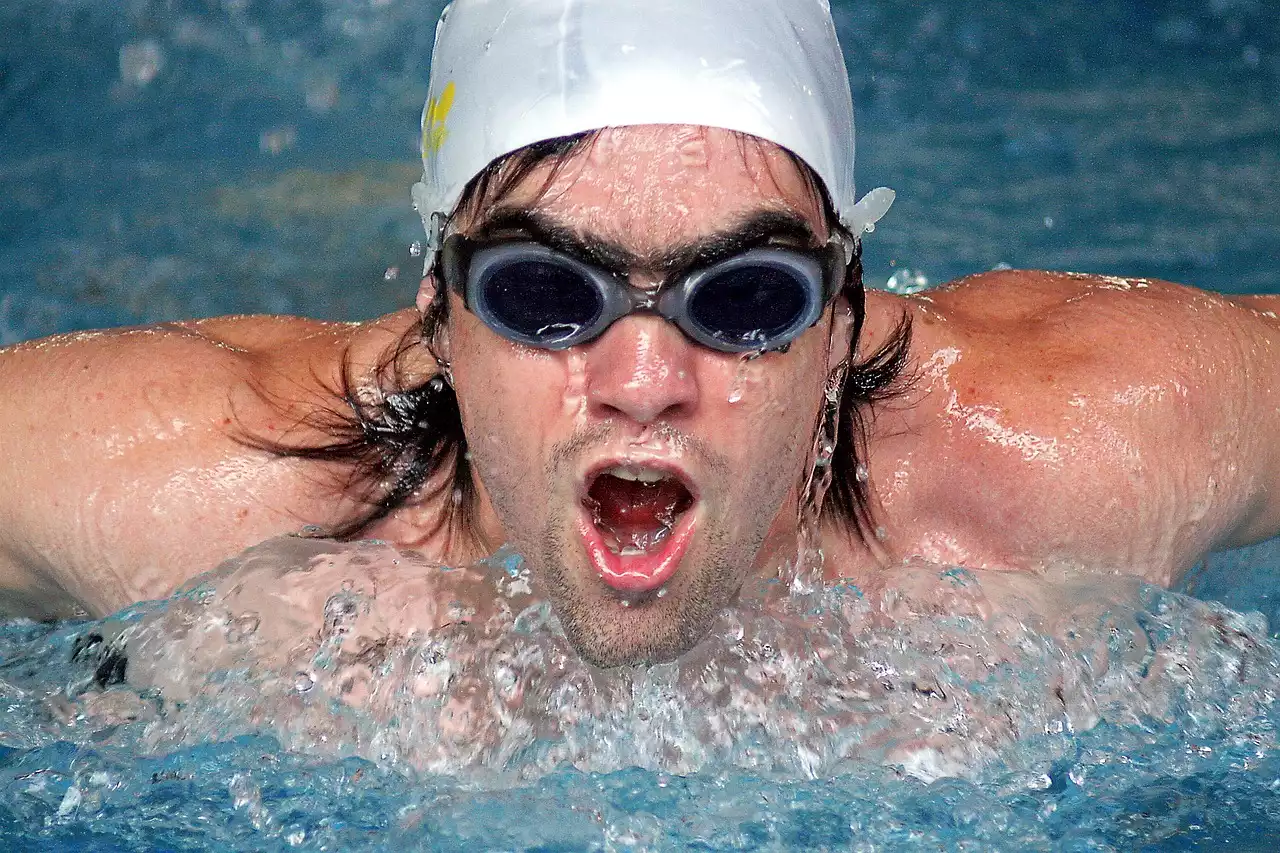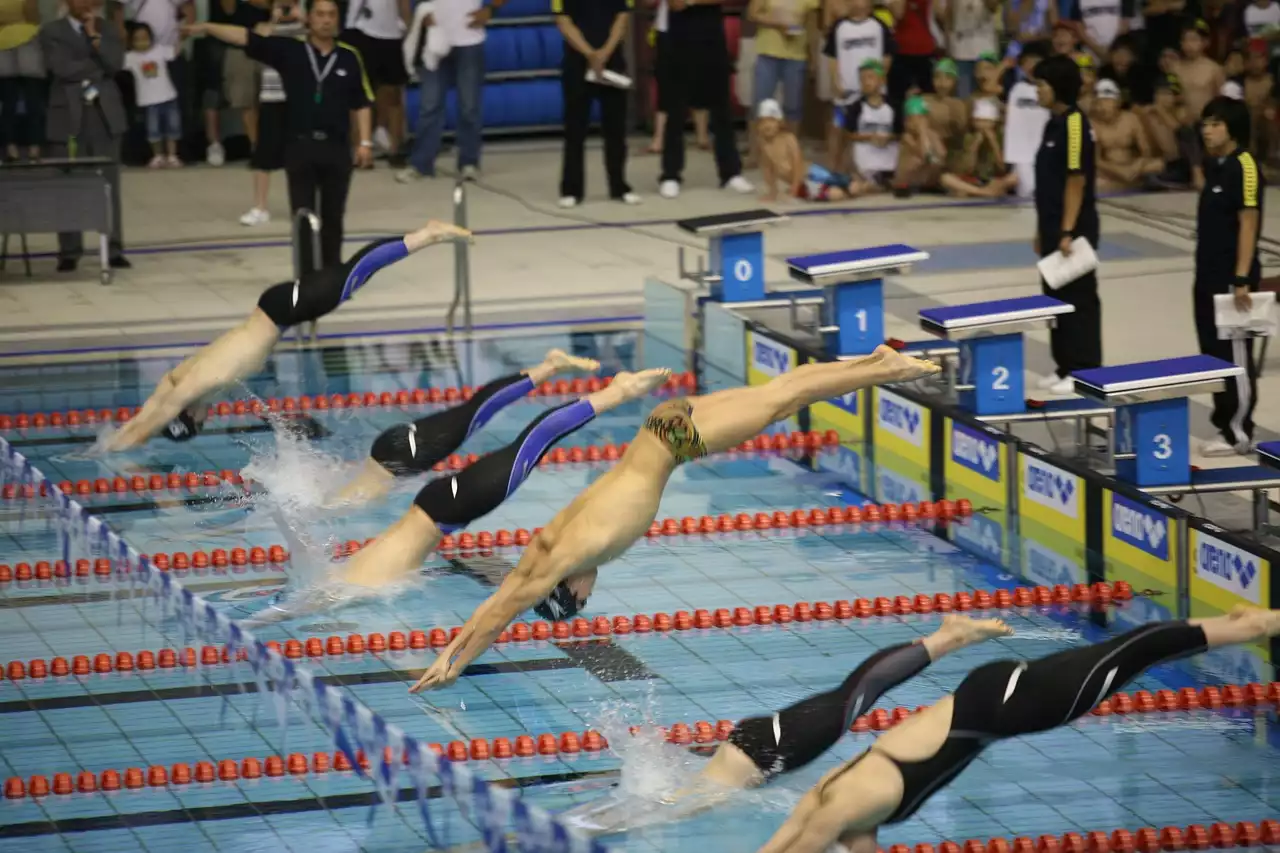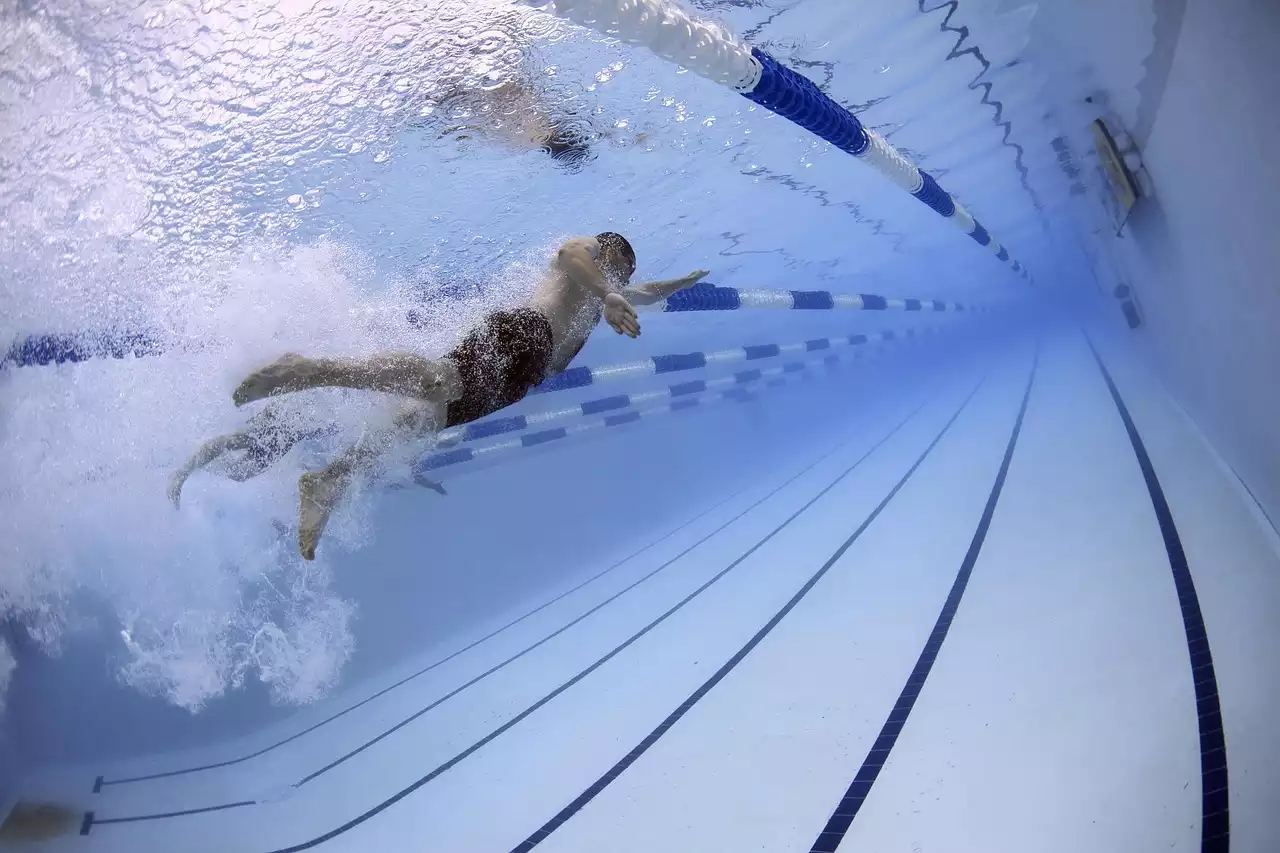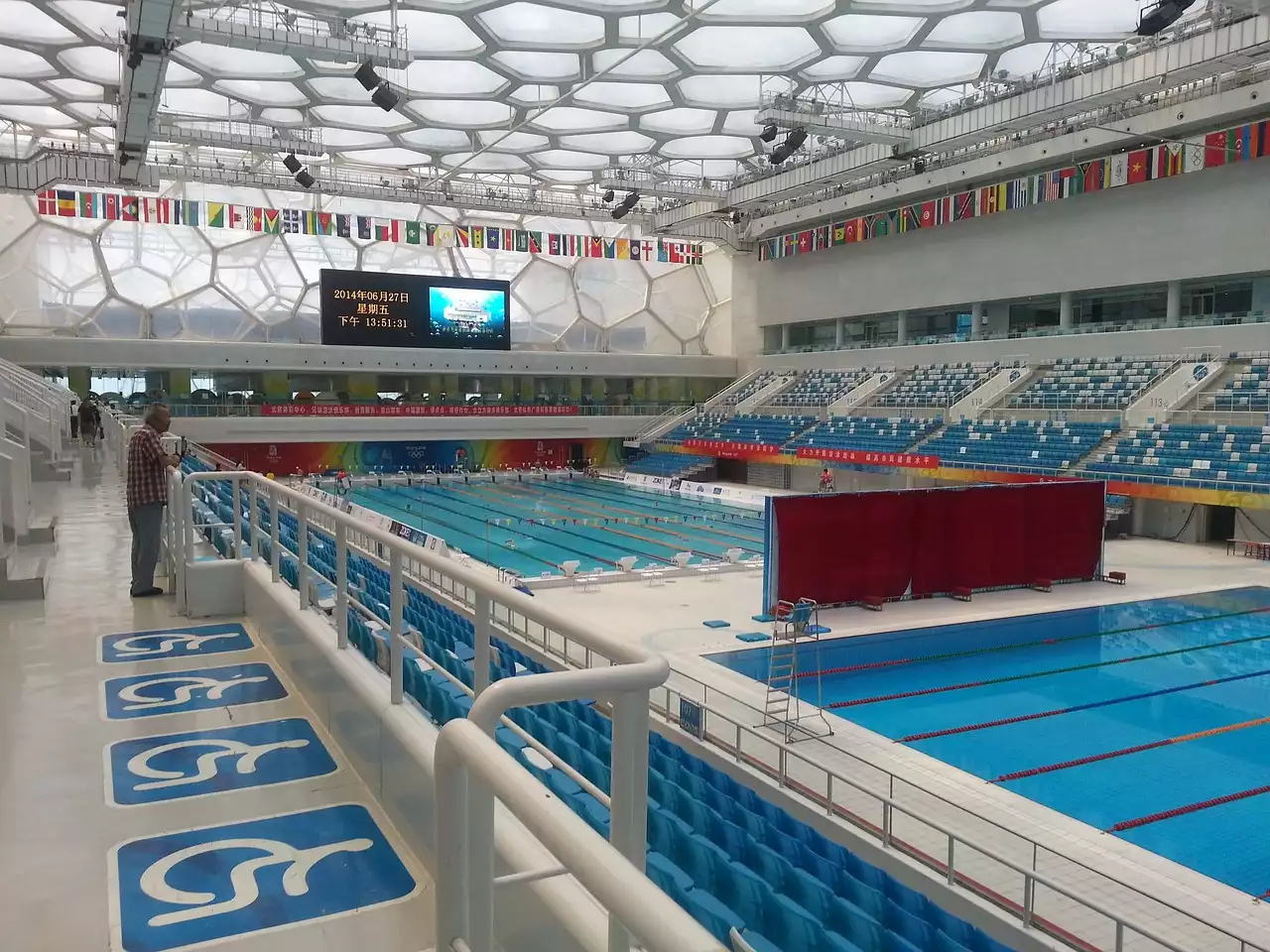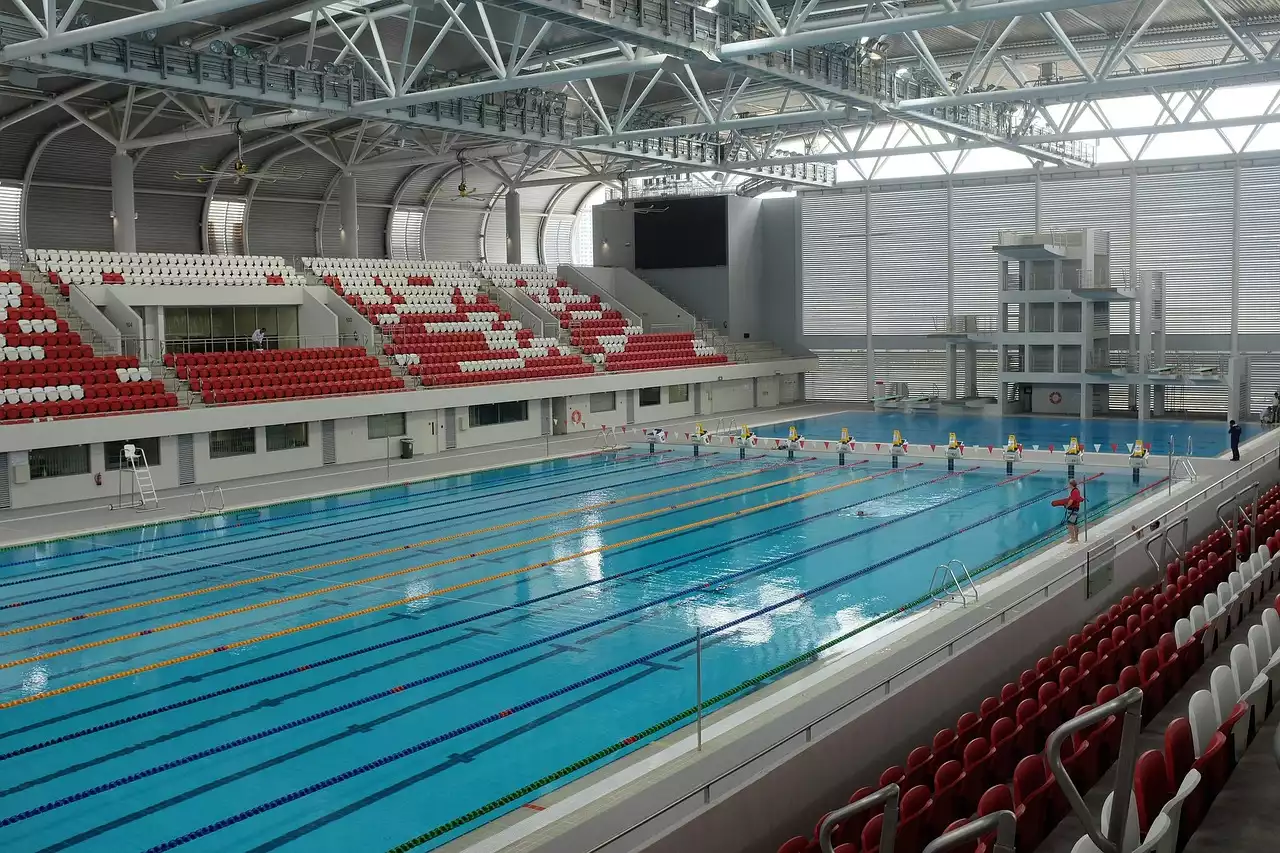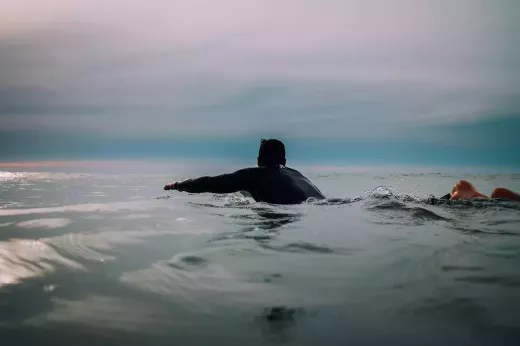What is Competitive Swimming?
Competitive swimming is a type of swimming that is done for competition purposes. It involves racing against other swimmers or the clock in a pool. In competitive swimming, swimmers are required to use specific techniques to be successful. Competitive swimming is divided into four main strokes: freestyle, backstroke, breaststroke, and butterfly. Each stroke requires different techniques and body positions to be successful.
The goal of competitive swimming is to swim faster than your competitors and to beat your own personal best times. Competitive swimmers train hard and push themselves to their limits to achieve their goals. It is a highly competitive sport and requires a great deal of dedication and hard work.
Competitive swimming is a great way to stay in shape, make new friends, and have fun. It is a lifelong sport that can be enjoyed by all ages. Competitive swimming can also help to boost your self-confidence, as you work hard to achieve your goals.
Equipment Needed for Competitive Swimming
To compete in a swimming race, you will need some basic equipment. This includes a swimsuit, a swim cap, goggles, and a swim snorkel. The swimsuit should be tight-fitting and made of lightweight material. The swim cap helps to reduce drag in the water and keep your hair out of your face. Goggles help to protect your eyes from chlorine and keep them from stinging. A swim snorkel is an optional piece of equipment that can help to improve your breathing technique and efficiency.
You will also need to have access to a swimming pool. Most competitive swimmers train in a 50-meter pool, though some competitive swimmers train in a 25-meter pool.
Tips for Getting Started in Competitive Swimming
If you’re interested in competitive swimming, the first step is to find a swimming coach. A good coach will be able to help you learn the basics of competitive swimming and give you personalized advice.
It’s also important to establish a training routine. Swimming is a demanding sport and it’s important to set goals and work hard to reach them. Swimming requires a great deal of dedication and hard work, so it’s important to find a routine that works for you.
It’s also important to stay motivated. Swimming can be a challenging sport and it’s easy to get discouraged. Setting small goals and celebrating small successes can help to keep you motivated and on track.
Finally, it’s important to take care of your body. Swimming is a physical sport and it’s important to take care of your body by stretching and eating properly. Getting plenty of rest is also important, as it will help to prevent injury and ensure that you’re performing at your best.
Types of Competitive Swimming
There are many different types of competitive swimming. The most common type is short-course racing, which is done in a pool that is 25 meters or shorter. Long-course racing is done in a 50-meter pool. Both the short course and long course racing involve four main strokes: freestyle, backstroke, breaststroke, and butterfly.
Relays are also a popular type of competitive swimming. Relays involve teams of four swimmers who each swim a different stroke. The team with the fastest time wins the race.
Open water swimming is another form of competitive swimming. Open water races are held in lakes, rivers, and oceans. These races require swimmers to cover a certain distance and the fastest swimmer wins the race.
Finally, there is competitive synchronized swimming. This is a team sport that involves swimmers performing choreographed routines in a pool. The team with the best routine and highest score wins the competition.
Rules and Regulations of Competitive Swimming
To compete in a swimming race, there are a few rules and regulations that must be followed. Swimmers must wear the appropriate equipment and swim in the designated lanes. Swimmers must also adhere to the rules of the specific event and follow the instructions of the referee.
It is also important to follow good sportsmanship. Swimmers should be respectful of their competitors and abide by the rules of the race. Foul language and cheating are not tolerated in swimming competitions.
Swimming Techniques for Competitive Swimming
To be successful in competitive swimming, it is important to learn the proper technique for each stroke. Each stroke requires a different body position and arm and leg motion. It is important to practice each stroke to be successful.
Freestyle is the fastest stroke and is the most commonly used in competitive swimming. It involves an alternating arm and leg action and a streamlined body position. It is important to have a strong arm pull and a high kick to swim fast.
Backstroke is the second fastest stroke and is the only stroke that is swum on your back. It involves a flutter kick and an alternating arm action. It is important to keep your body flat and your head up to be successful in backstroke.
Breaststroke is the slowest stroke but is also the most difficult. It involves a whip kick and a pull-breathe-push action. It is important to keep your head underwater and your arms close to your body to be successful in breaststroke.
Finally, the butterfly is the most difficult stroke and requires a great deal of power and strength. It involves a dolphin kick and an over-the-water arm action. It is important to keep your body flat and your head up to be successful in butterfly.
Building a Competitive Swimming Training Plan
To be successful in competitive swimming, it is important to have a good training plan. A good training plan should include a combination of aerobic and anaerobic exercises, as well as drills and technique work. It should also include rest days and recovery time to prevent injury and fatigue.
A good training plan should also include specific goals and objectives. It is important to set realistic goals and work hard to achieve them. It is also important to track your progress and adjust your training plan as needed to reach your goals.
